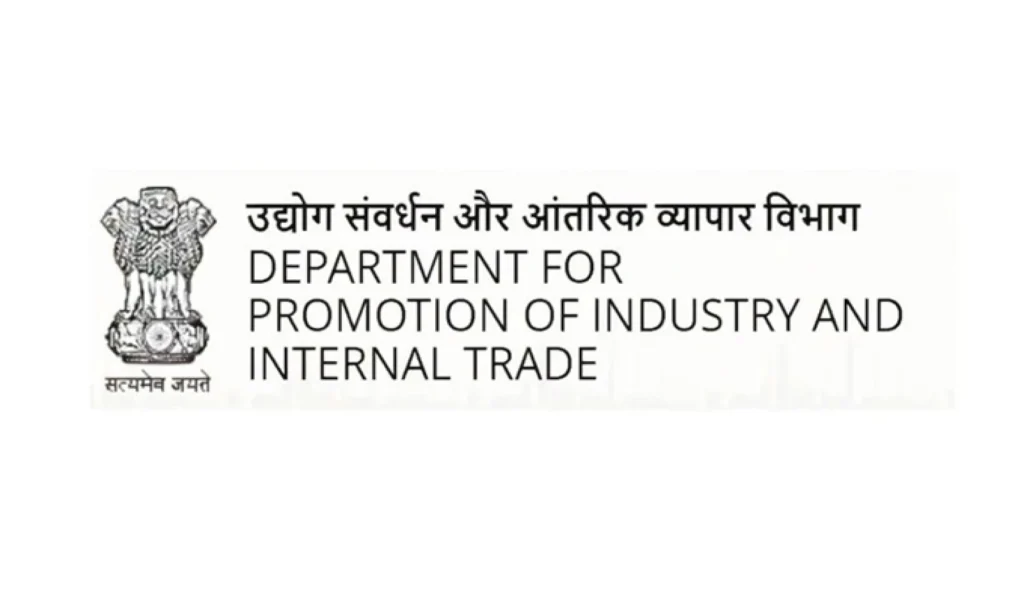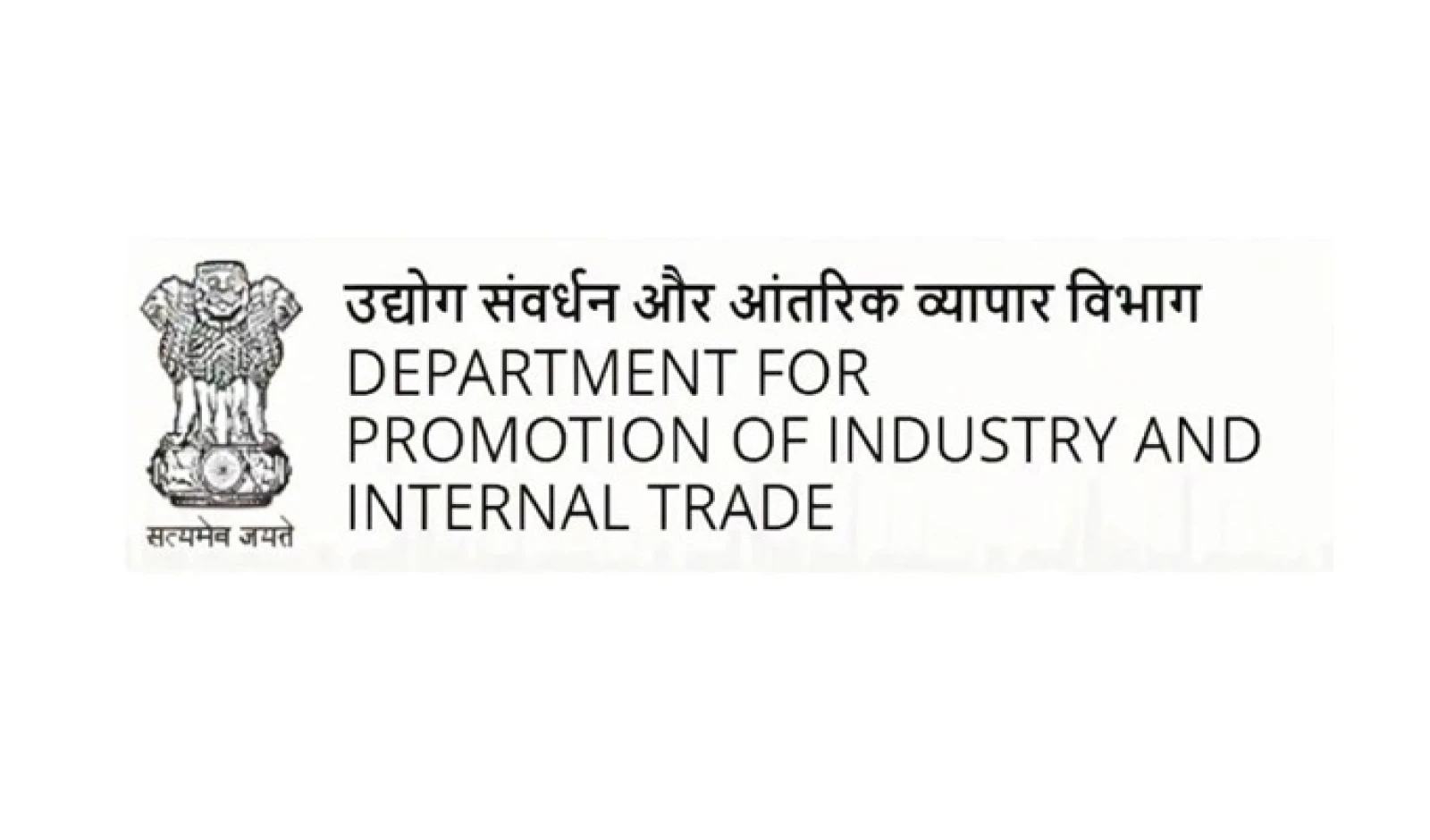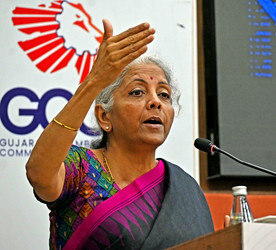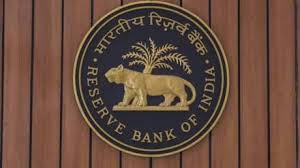
Govt partners hafele india to empower local startups
The primary objective of the partnership between the government and Hafele India is to empower local startups and MSMEs operating within the furniture and interior design sectors. This collaborative effort aims to provide these burgeoning businesses with the resources and support necessary to scale their operations and enhance their competitiveness in both domestic and international markets. The govt recognises the critical role that startups play in driving innovation and economic growth, and this partnership seeks to create a conducive ecosystem for them to thrive.
A key focus of the partnership is to boost the manufacturing capabilities of these startups. By facilitating access to advanced technologies, industry best practices, and expert mentorship, the initiative aims to help them improve product quality, streamline production processes, and reduce costs. This will enable them to better compete with established players and expand their market reach. The collaboration also intends to foster a culture of innovation and entrepreneurship, encouraging startups to develop unique and cutting-edge solutions that address the evolving needs of the furniture and interior design industry.
Furthermore, the partnership between the govt and Hafele India seeks to create employment opportunities within the local communities where these startups operate. By supporting their growth and expansion, the initiative aims to generate new jobs and contribute to the overall economic development of these regions. The long-term vision is to establish India as a global hub for furniture and interior design innovation, driven by the ingenuity and dynamism of its startup ecosystem. The success of this partnership hinges on the active participation and collaboration of all stakeholders, including the government, Hafele India, and the startups themselves.
Hafele’s Role
Hafele India, as a key partner in this initiative, will leverage its extensive industry expertise, global network, and technological resources to support the growth and development of the selected startups. The company will provide access to its state-of-the-art manufacturing facilities, design tools, and supply chain infrastructure, enabling startups to enhance their operational efficiency and product quality. Furthermore, Hafele India will conduct workshops and training programs to impart valuable knowledge and skills to the startups, covering areas such as product design, manufacturing processes, marketing strategies, and financial management.
In addition to providing access to resources and expertise, Hafele India will also play a crucial role in connecting the startups with potential investors, customers, and partners. Through its established network, the company will facilitate opportunities for the startups to showcase their products and services, forge strategic alliances, and secure funding for their expansion plans. Hafele India’s commitment to innovation and sustainability will also be reflected in its support for startups that are developing eco-friendly and technologically advanced solutions for the furniture and interior design industry. The goal is to empower these local businesses to not only succeed in the domestic market but also to establish a strong presence in the global arena. This partnership between the govt and Hafele India aims to boost the entire ecosystem.
Hafele India will also offer mentorship programs, pairing experienced industry professionals with the startups to provide guidance and support on various aspects of their business. These mentors will share their insights, best practices, and lessons learned, helping the startups to navigate the challenges of entrepreneurship and accelerate their growth trajectory. This mentorship aspect of Hafele India’s role is considered vital for fostering a new generation of innovative leaders within the furniture and interior design sectors. By actively engaging with these MSMEs and providing tailored support, Hafele India aims to contribute significantly to the success of this partnership.
Startup Benefits
Participating startups stand to gain significantly from this collaborative effort. They will receive invaluable access to resources, mentorship, and market opportunities that would otherwise be difficult to obtain. The boost in manufacturing capabilities, facilitated by access to Hafele India’s facilities and expertise, will enable them to produce higher-quality products at competitive prices. This will strengthen their position in the market and enhance their ability to attract customers. Furthermore, the knowledge and skills gained through workshops and training programs will empower them to improve their business operations and make informed decisions.
The partnership will also provide startups with a platform to showcase their innovations and connect with potential investors and partners. This increased visibility can lead to new collaborations, funding opportunities, and market expansion. The support from Hafele India will enable startups to overcome common challenges such as limited access to capital, lack of industry expertise, and difficulties in reaching a wider customer base. By addressing these obstacles, the initiative aims to create a level playing field and foster a more inclusive and dynamic entrepreneurial ecosystem. The ultimate goal is to help these startups grow into successful and sustainable businesses that contribute to the economic prosperity of their local communities.
Moreover, the emphasis on innovation and sustainability within the partnership will encourage startups to develop cutting-edge solutions that address the evolving needs of the furniture and interior design industry. This will not only enhance their competitiveness but also contribute to a more environmentally friendly and socially responsible sector. The mentorship programs, in particular, will provide invaluable guidance and support to the startups, helping them to navigate the complexities of entrepreneurship and build strong, resilient businesses. The combined effect of these benefits is expected to significantly accelerate the growth and development of the participating startups, positioning them for long-term success.















